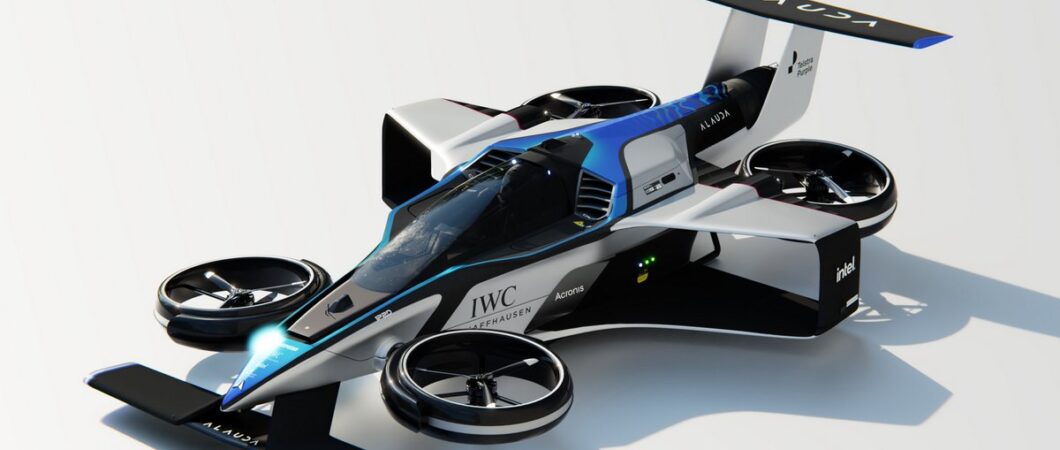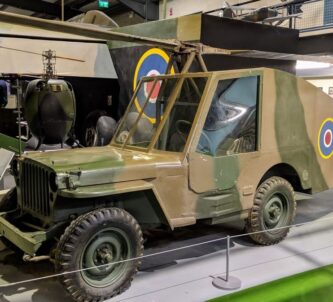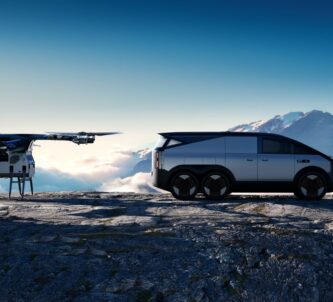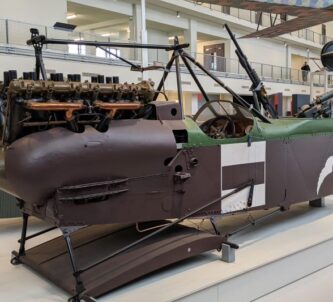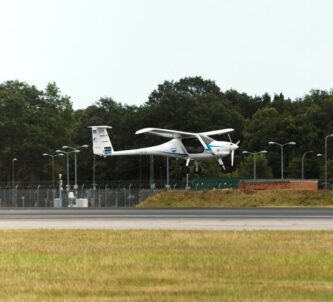Alauda Aeronautics, the Australian company who have been developing the new sport of electric flying car racing, have moved from testing full-scale racing drones, to the next stage, the Airspeeder Mk4 – for human pilots.
The Mk4 is the world’s fastest electric vertical take-off and landing (eVTOL) aircraft, with a top speed of 360 kph (225 mph), and it will be unveiled to the public at the Southstart innovation festival in Adelaide on 7th March 2023.
The new racing machine is powered by a 1,000 kW (1,340 horsepower) turbogenerator that feeds power to the batteries and motors.
Specifically designed for use in eVTOLs, this technology allows green hydrogen to be used as fuel, providing sustainable power over long distances and flight times. The Mk4 has a projected range of over 300 km (188 miles).
Alauda Aeronautics’ demonstrator Thunderstrike engine incorporates a unique combustor made using 3D printing techniques developed in the space industry for rocket engines. The combustor’s design keeps the hydrogen flame temperature relatively low, greatly reducing nitrous oxide (NOx) emissions.

The company thinks that hydrogen is an ideal fuel for future aviation. It has a high energy density and can be stored in a lightweight, compact form, making it suitable for small aircraft; it’s also non-toxic and produces no emissions except pure water, so it doesn’t cause air pollution. Furthermore, because hydrogen gas is lighter than air, it will simply rise and disperse into the atmosphere in the event of a leak, reducing the risk of fire or explosion.
It’s not just the power source that has been improved since Alauda started testing its remotely-piloted models. The Mk3 has successfully completed more than 350+ test flights and took part in two Airspeeder demonstration races in South Australia in 2022. With what they have learned they have now improved the flight control system.
Most eVTOLs steer using tilt-rotors, which are simply positioned vertically for take-off and landing and horizontally while cruising. In contrast, the Mk4 manoeuvres using a unique gimballed thrust system that uses an Artificial Intelligence (AI) flight controller to individually adjust four rotor pairs mounted on lightweight 3D printed gimbals. This makes the Mk4 not only fast in a straight line, but also able to manoeuvre with the incredible precision essential in close-action racing. Alauda say it handles less like a multicopter and more like a jet fighter or Formula 1 racing car.
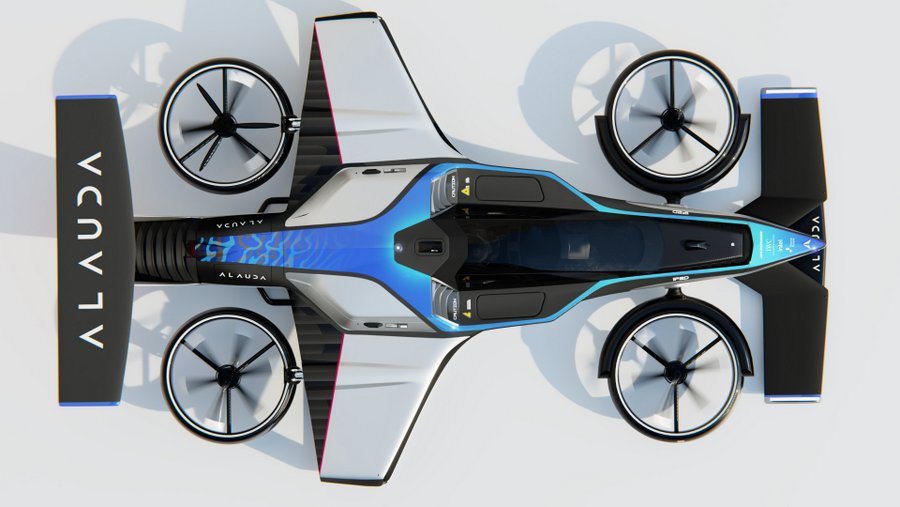
Having developed the race protocols, courses, rules and regs, Alauda Aeronautics’ CEO Matt Pearson says: “We, and the world, are ready for crewed flying car racing. We have built the vehicles, developed the sport, secured the venues, attracted the sponsors and technical partners. Now is the time for the world’s most progressive, innovative and ambitious automotive brands, OEM manufacturers and motorsport teams to be part of a truly revolutionary new motorsport. In unveiling the crewed Airspeeder Mk4 we show the vehicles that will battle it out in blade-to-blade racing crewed by the most highly-skilled pilots in their fields.”
Naturally their ambition goes beyond that. Alauda hopes that the technical innovations driven by competition will put them at the forefront of a new urban transport industry based on private flying cars.
“eVTOLs are already a trillion-dollar industry and we see a very substantial market for private flying cars emerging in the near future,” says Pearson. “In conventional aerospace, there are about as many private jets as there are commercial jets in operation. We believe it could be the same with flying cars one day, with a roughly similar number of commercial taxis and private cars initially. Once we can sell you a flying car for the same price as a Tesla, you’ll quickly see the balance shift. Today, private cars outnumber taxis by about 300 to one, so the potential for people to own and drive their own flying car one day is absolutely enormous. It’s a very exciting time.”
What do you think?

